January 2023
January 31, 2023
How to live without a woman
Alexander Wright's 1937 book, How To Live Without A Woman, was a celebration of bachelorhood. But it seems that Wright's strategy for life without a woman was to get his female friends to feel sorry for him and do his housework for him.Doesn't really seem like he was living without a woman if he was still getting women to do all his work. And you have to wonder how long he managed to keep any female friends before they figured out what was going on.
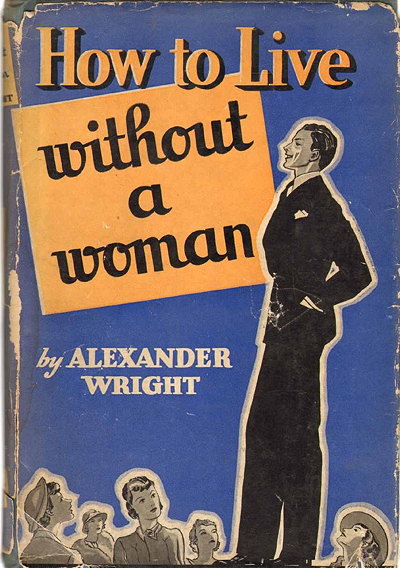
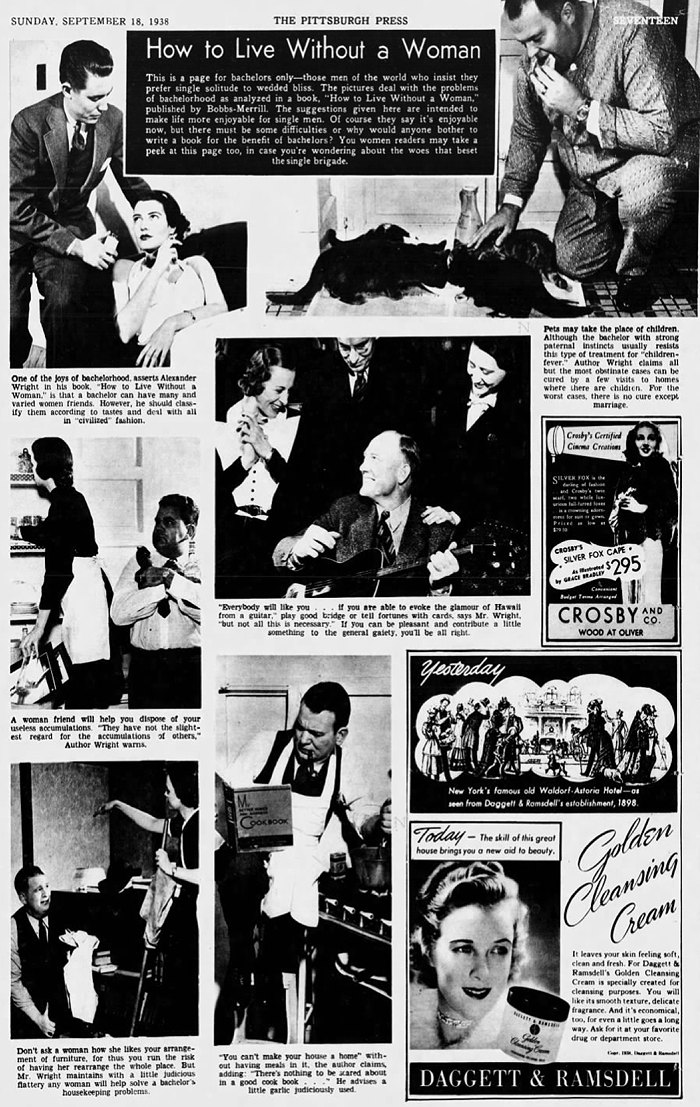
Pittsburgh Press - Sep 18, 1938
Posted By: Alex - Tue Jan 31, 2023 -
Comments (2)
Category: Gender, Men, Women, Books, 1930s
Follies of the Madmen #554
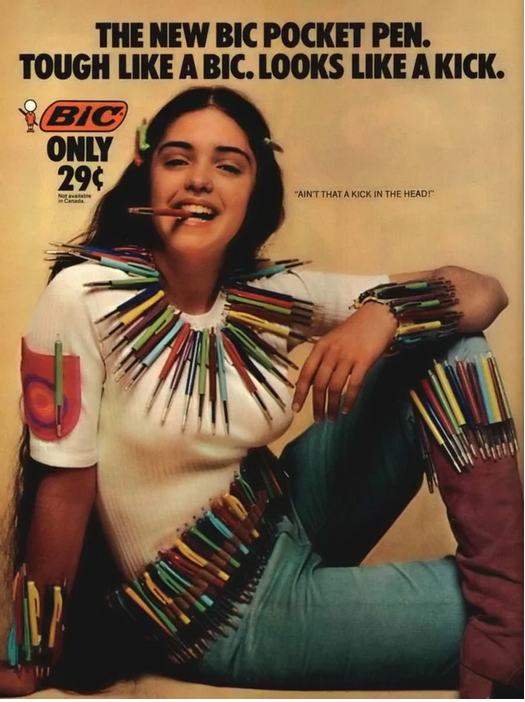
Posted By: Paul - Tue Jan 31, 2023 -
Comments (1)
Category: Excess, Overkill, Hyperbole and Too Much Is Not Enough, Correspondence, Telegrams, Letters, and Other Written Communications, Advertising, 1970s
January 30, 2023
The taste of food in dark isolation
Beatrice Finkelstein, a nutrition researcher at Wright-Patterson Air Force Base, conducted a series of "dark-isolation studies" during the 1950s. Subjects were placed for periods of 6 to 72 hours in a totally dark, sound proof chamber furnished with a bed, chair, refrigerator, and chemical toilet.
The purpose of this was to find out how astronauts might react to being confined in a small, dark space for a prolonged period of time. And in particular how their responses to food might change.
Some of her results:

But the stranger result was how the lack of visual input completely changed the flavor of the food:
More info: "Feeding crews in air vehicles of the future"

Beatrice Finkelstein (source)
Posted By: Alex - Mon Jan 30, 2023 -
Comments (4)
Category: Food, Spaceflight, Astronautics, and Astronomy, Experiments, Psychology
Combined Suspenders and Garters
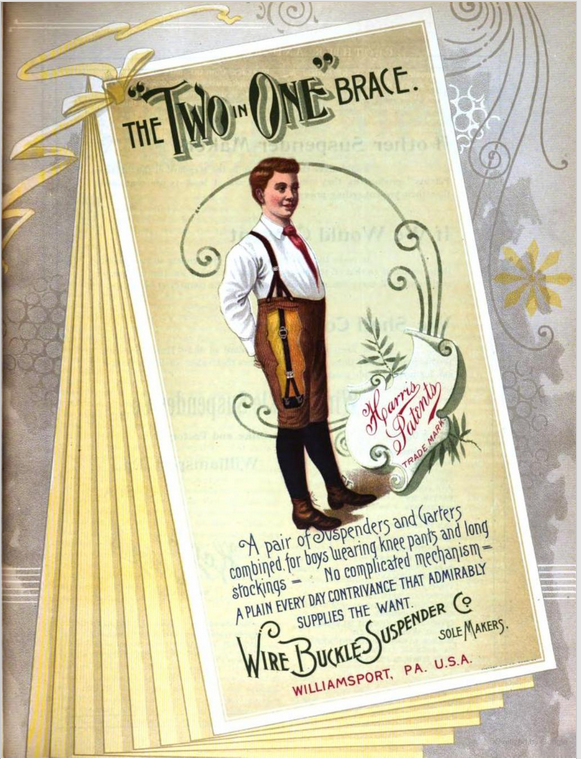
Source.
Posted By: Paul - Mon Jan 30, 2023 -
Comments (3)
Category: Fashion, Inventions, Nineteenth Century
January 29, 2023
Kicking the pickle
1949: Ruth Brand "kicked off" National Pickle Week. And apparently that's a genuine giant pickle in the photos, not a fake one.
"Harry Conley of the Green Bay Food company, who is president of the National Pickle Packers association, officiates in Chicago at the 'kickoff' of the national pickle week campaign. Pickle week will be held May 20 to 28. Kicking the world's largest pickle is Ruth Brand, Chicago."

Lancaster Intelligencer Journal - Feb 11, 1949
But what is this about Amerigo Vespucci being a pickle dealer? I'd never heard this before.
Some research reveals that the claim traces back to a remark made by Ralph Waldo Emerson in his book English Traits:
Smithsonian magazine investigated the claim and doesn't think it's very likely. Vespucci did work for a while as a ship chandler, and in this capacity it's possible he may have supplied some ships with pickled foods. But to go from this to calling him a pickle dealer is a bit of a stretch.
Posted By: Alex - Sun Jan 29, 2023 -
Comments (6)
Category: Food, Pickles, 1940s
Motor Mouse and Autocat
The Spanish dubbing in the second clip only adds to the mystique.More info here.
Posted By: Paul - Sun Jan 29, 2023 -
Comments (2)
Category: Anthropomorphism, Motor Vehicles, Cartoons, 1970s
January 28, 2023
Would You Rather Be a Colonel with an Eagle on Your Shoulder or a Private with a Chicken on Your Knee?
One of the top 100 songs of 1919. Sung by Arthur Fields (using the pseudonym Eugene Buckley). More info: wikipedia
Posted By: Alex - Sat Jan 28, 2023 -
Comments (3)
Category: Music, 1910s
The Elizabethean Underworld
This review by the famous Anthony Burgess (A CLOCKWORK ORANGE) alerted me to the existence of a fascinating book. Turns out it's available at the Internet Archive. The lexicon of thieves talk that Burgess mentions makes for fun reading.Review source: The Guardian (London, Greater London, England) 19 Mar 1965, Fri Page 11
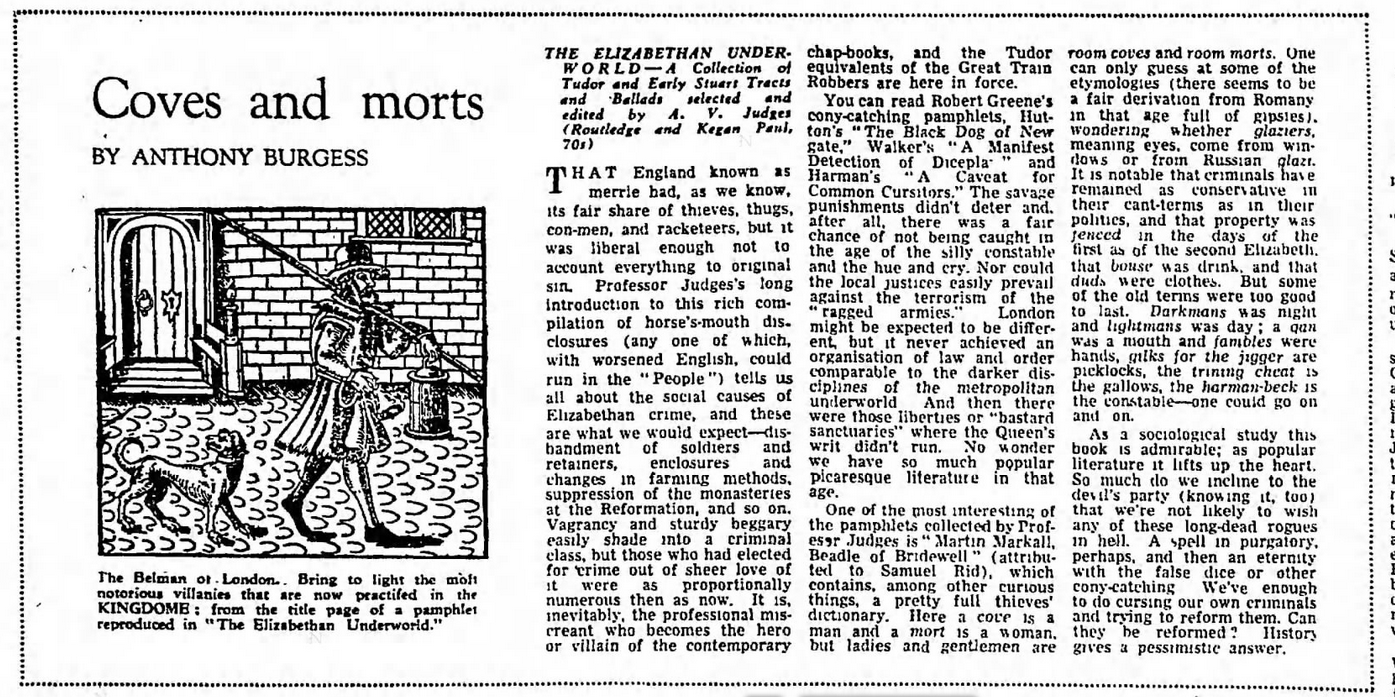
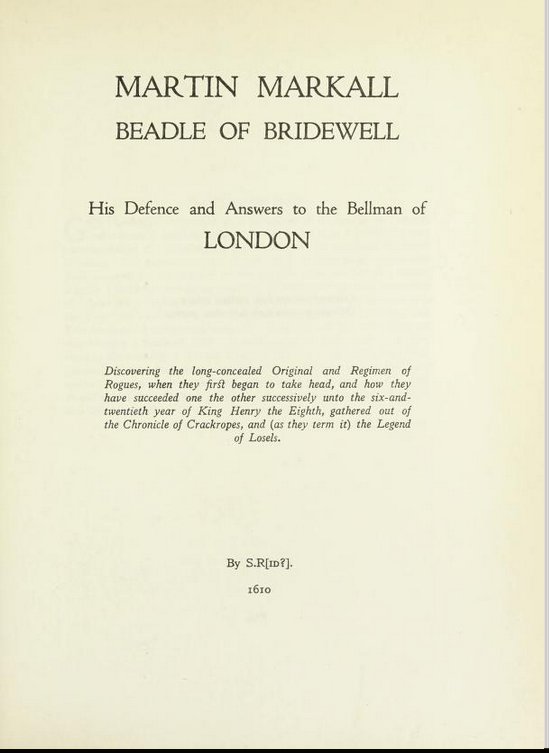
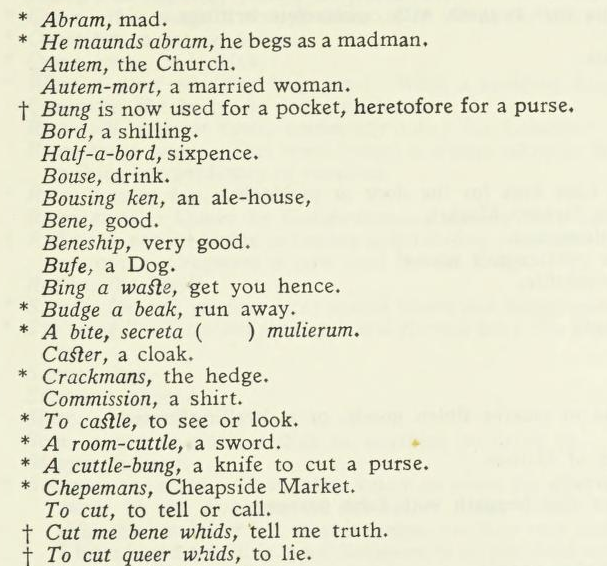
Posted By: Paul - Sat Jan 28, 2023 -
Comments (1)
Category: Crime, History, Books, Slang
January 27, 2023
Suitcase-Size Wife
If it was allowed to save money on airfare by carrying your contortionist wife on as luggage and putting her in the overhead compartment, I'm sure some people would try it.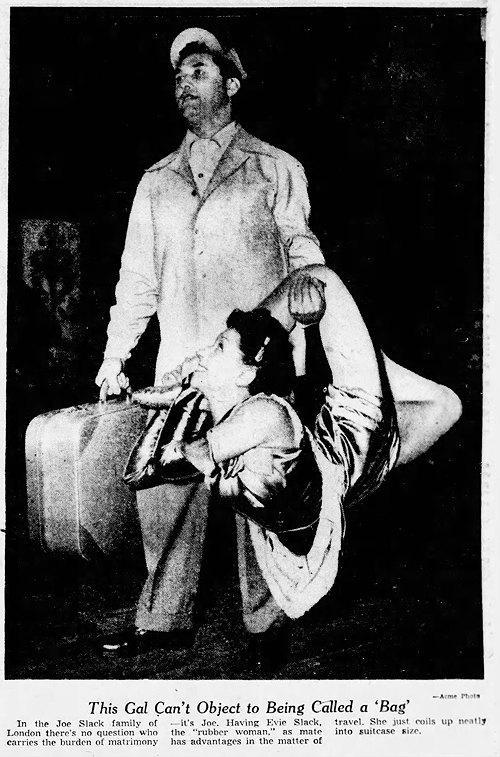
Omaha Morning World Herald - June 6, 1951
Posted By: Alex - Fri Jan 27, 2023 -
Comments (0)
Category: Human Marvels, Air Travel and Airlines, 1950s
The Taylor Aerocar
Wikipedia article here.
Posted By: Paul - Fri Jan 27, 2023 -
Comments (0)
Category: Inventions, Air Travel and Airlines, Twentieth Century, Cars
| Get WU Posts by Email | |
|---|---|

| Who We Are |
|---|
| Alex Boese Alex is the creator and curator of the Museum of Hoaxes. He's also the author of various weird, non-fiction books such as Elephants on Acid. Paul Di Filippo Paul has been paid to put weird ideas into fictional form for over thirty years, in his career as a noted science fiction writer. He has recently begun blogging on many curious topics with three fellow writers at The Inferior 4+1. Chuck Shepherd Chuck is the purveyor of News of the Weird, the syndicated column which for decades has set the gold-standard for reporting on oddities and the bizarre. Our banner was drawn by the legendary underground cartoonist Rick Altergott. Contact Us |

